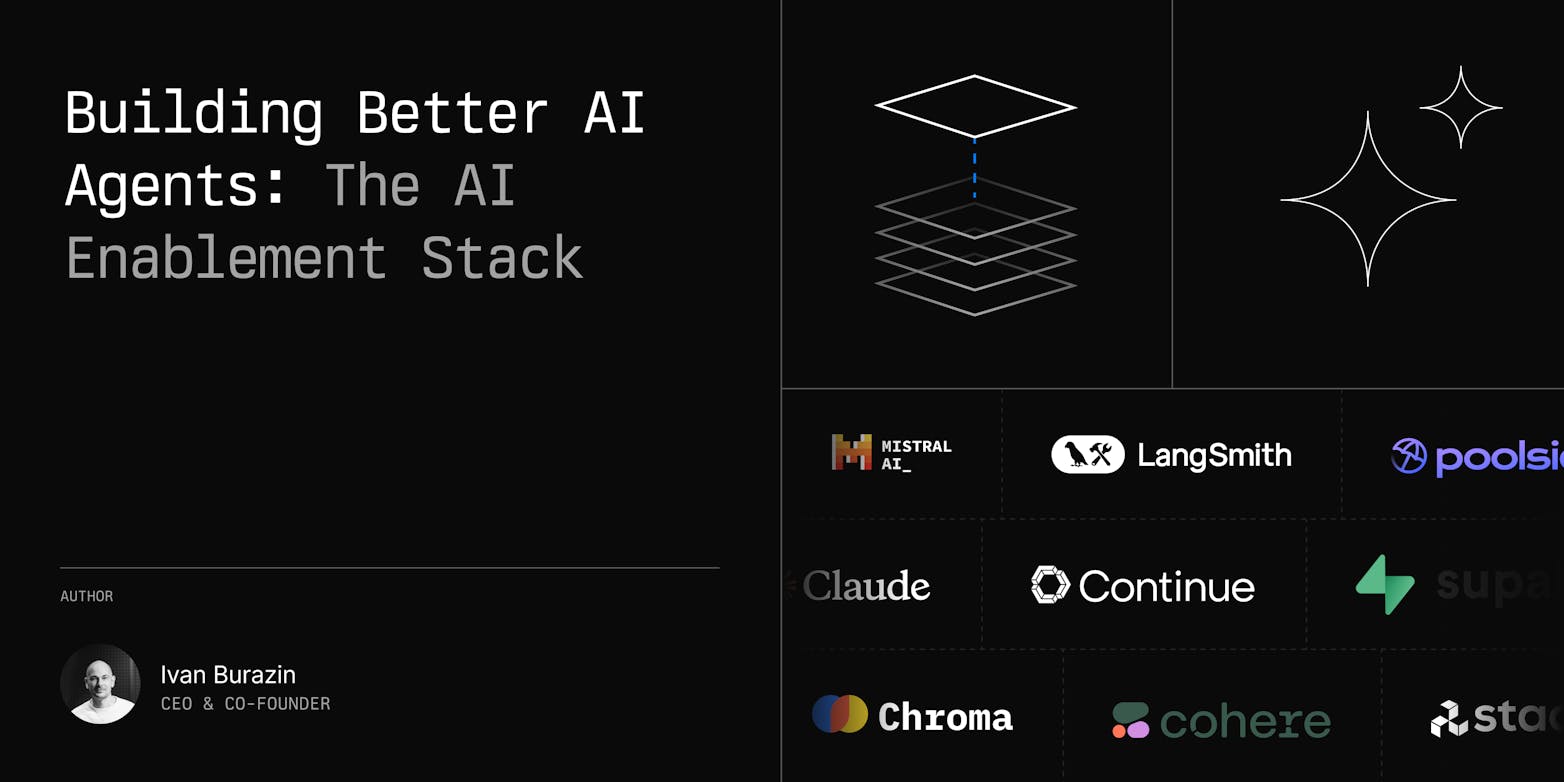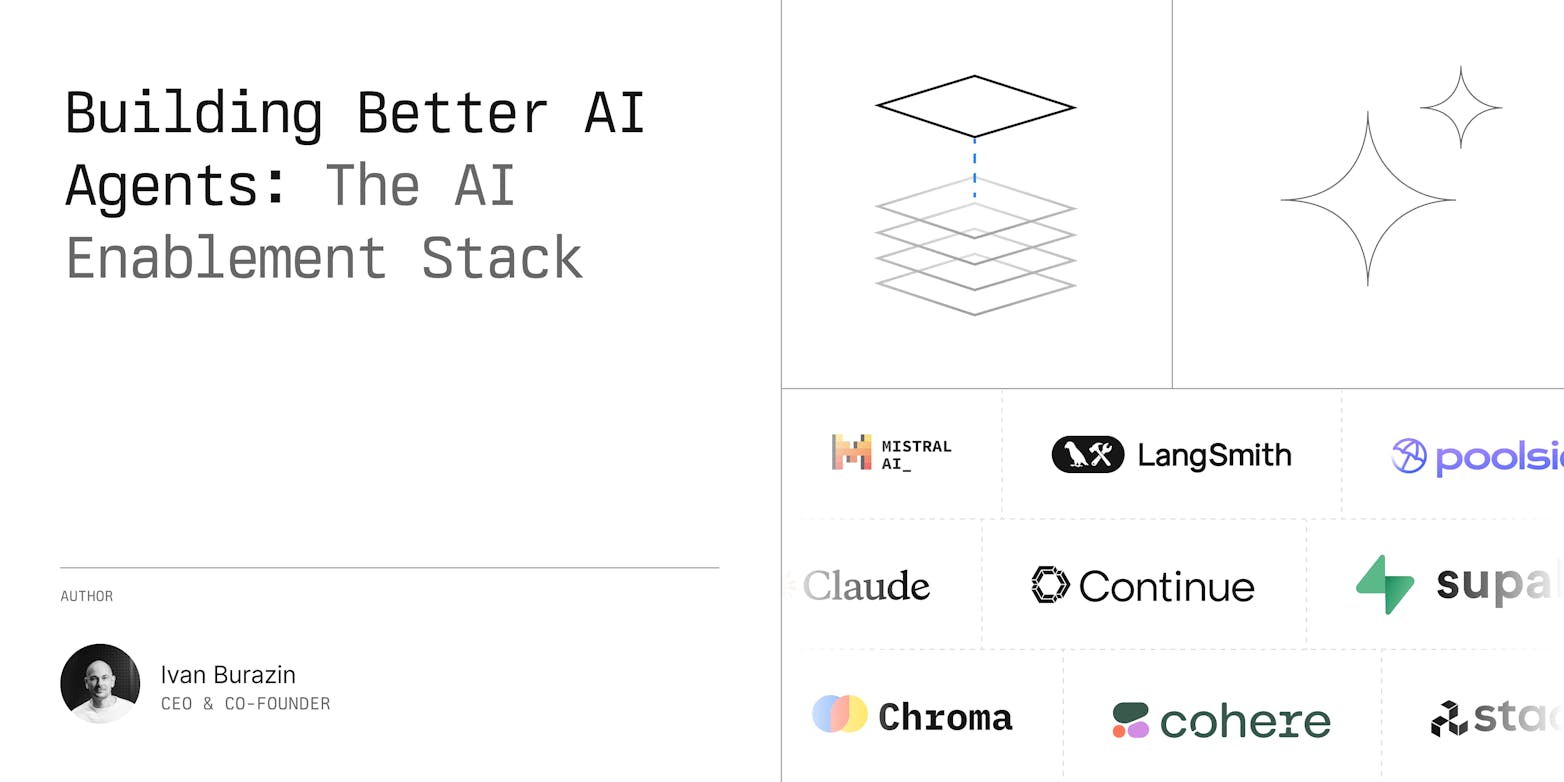Large Language Models (LLMs) are advancing beyond simple parameter scaling, incorporating complex architectures like mixtures of experts and enhanced reasoning capabilities.
Model makers such as OpenAI, Anthropic, Mistral, Google, and even DeepSeek are progressively releasing these reasoning models, which are now considered state-of-the-art (SOTA). These models excel at tackling complex, multi-step tasks, enabling solutions to challenges that were previously out of reach.
However, this advancement comes with a significant user experience (UX) challenge: increased response times.
The Power and Limitations of Reasoning Models
Reasoning models offer substantial benefits by providing detailed, accurate answers to intricate problems.
For example, while a standard LLM might succinctly answer, "The capital of France is Paris," a reasoning model would elaborate on the reasoning process: "Let me think. I remember learning in school that Paris is a major city in France. It's known for things like the Eiffel Tower, the Louvre museum, and the Seine River..."
This enhanced capability is invaluable for tasks such as debugging complex code, solving advanced mathematical problems, and navigating intricate dependencies.
Recently, I encountered persistent errors related to Pydantic validations imposed by dependencies. While multiple models struggled with these issues, the o1-mini model resolved them on the first attempt.
In such scenarios, the quality and reliability of the response outweighed the inconvenience of a longer wait time.
The UX Challenge: Speed vs. Quality
Despite their superior performance, reasoning models introduce latency due to the additional computational steps required for complex reasoning.
Users today expect immediate feedback, and any noticeable delay can be perceived as a weakness or inefficiency in the system. This perception poses a significant UX challenge: how to deliver high-quality, accurate responses without compromising on speed.
Instantaneous interactions have become the norm in digital communications, and users are likely to abandon or lose trust in tools that introduce delays, even if those delays result in better outcomes.
Balancing the need for quick responses with the demand for detailed, accurate information is crucial for the widespread adoption of reasoning models.
Leveraging Smart Model Routing
One effective strategy to address this challenge is smart model routing. This approach dynamically selects the most appropriate model based on the complexity of the user's query:
Simple Queries: For straightforward tasks such as summarization, translation, or basic question-answering, faster, less resource-intensive models can be employed. These models provide instant responses, ensuring a seamless user experience.
Complex Tasks: When faced with intricate problems that require deep reasoning, the system can route the query to more powerful reasoning models. Although these models may take slightly longer to respond, the accuracy and depth of their outputs justify the additional wait time.
Smart model routing ensures users receive a tailored balance of speed and intelligence, enhancing overall satisfaction while maintaining problem-solving quality.
Integrating Advanced Tools for Enhanced Workflows
In addition to model routing, integrating specialized tools can further mitigate UX concerns associated with reasoning models. Daytona SDK exemplifies how tool integration can enhance AI workflows:
Ephemeral Environments: Daytona SDK allows AI workflows or agents to create temporary, full-fledged environments—similar to throwaway laptops—for executing any piece of code. This capability enables models to handle tasks requiring real-time computation without significant delays.
Tool Adaptability: Agents can develop their own tools or install and invoke existing ones, providing flexibility in addressing a wide range of challenges. This adaptability ensures that the system remains responsive and efficient even when leveraging powerful reasoning models.
By incorporating such tools, developers can create a more responsive user experience in their AI products and service that leverages the strengths of reasoning models without compromising on the perceived speed.
Future Directions: Combining Strategies for Optimal Performance
The path forward involves integrating smart model routing with advanced toolsets like Daytona SDK. This combination can create a robust AI framework capable of:
Adaptive Responsiveness: Seamlessly switching between models based on task complexity ensures optimal performance and user satisfaction.
Scalable Problem-Solving: Leveraging specialized tools within ephemeral environments allows the system to tackle diverse challenges efficiently.
Enhanced User Trust: Delivering accurate, high-quality responses without unacceptable delays builds user confidence in AI systems.
Get Started with Daytona SDK
Download our Python and TypeScript SDKs to manage development environments programmatically. Integrate Daytona's powerful features into your applications.
Tools to the Rescue
The development of reasoning LLMs marks a significant advancement in AI, offering remarkable capabilities to solve complex problems. However, the associated increase in response times presents a UX challenge that cannot be overlooked.
By implementing smart model routing and integrating powerful tools like Daytona SDK, it is possible to harness the full potential of reasoning models while maintaining the immediacy that users expect. Striking this balance is essential for advanced AI systems' continued adoption and success in real-world applications.










